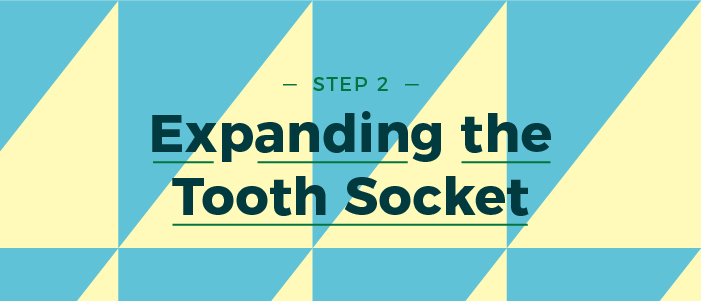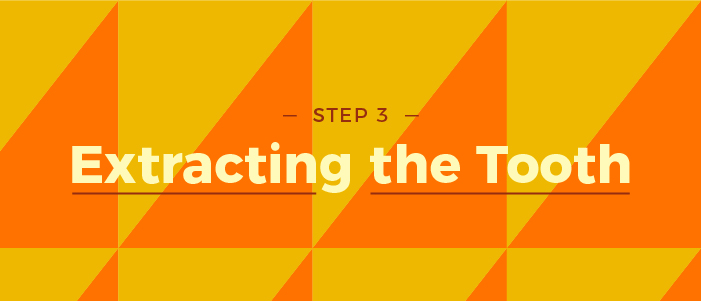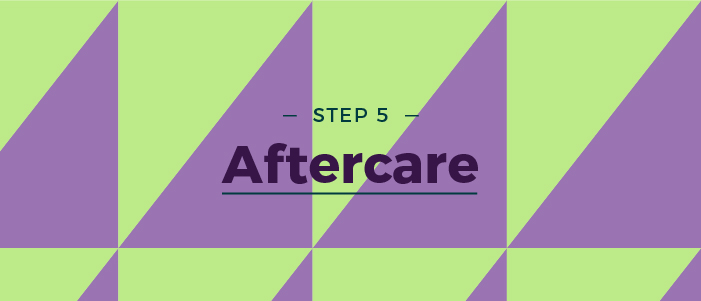So, you’re getting a tooth pulled
No one wants to hear their dentist say that they’ll need a tooth pulled, but there are things you can do to prepare yourself so the process goes as smoothly as possible.
The first thing you need to do is figure out what kind of extraction it is. Most of the time, when you get a tooth pulled, it’s something called a simple extraction. This is a non-invasive procedure in which your dentist is able to remove your tooth with nothing more than a numbing agent, a tool called an elevator, and forceps.
When a tooth has not come into the mouth yet or has broken in the gum line, your dentist may need to perform a surgical extraction (in which you will receive a local – and possibly an intravenous – anesthetic).

Your dentist will numb the area prior to the procedure with a local anesthetic delivered via injection. While you may feel pressure during the procedure, the anesthetic should ensure that you don’t feel any pain at the site of the extraction.

Your dentist will rely on two main tools to extract your tooth: an ‘elevator’ and a pair of forceps. Your dentist can’t just yank your tooth out of your jawbone without first expanding the tooth socket. An elevator is used to jiggle the tooth around in the socket and loosen the connection between your tooth and your jaw.

Once the tooth has been sufficiently loosened from the socket, your dentist will use a pair of forceps to remove the tooth from the mouth completely.

Once the tooth and root have been completely removed, your dentist will gently scrape along the walls of the empty socket to remove any residual tissue. This process is done to help prevent the formation of cysts. Your dentist will then wash out the socket with saline solution and trim down any sharp bone edges that may remain. In the case of a surgical extraction or the extraction of several teeth in a row, your dentist will also likely place stitches in your mouth. The last step of the extraction process occurs when your dentist places folded gauze over the site of the extracted tooth and asks you to apply pressure by biting down on it.

Your dentist will tell you how to keep the extraction site clean, safe from harm, and free from infection. They will also advise you on which foods and drinks to avoid immediately after the extraction and which medications are best to manage any post-procedure pain.
If your extraction was surgical or you were placed on an IV, you should also be prepared to have someone else take you home as you will likely not be in the position to drive yourself.
